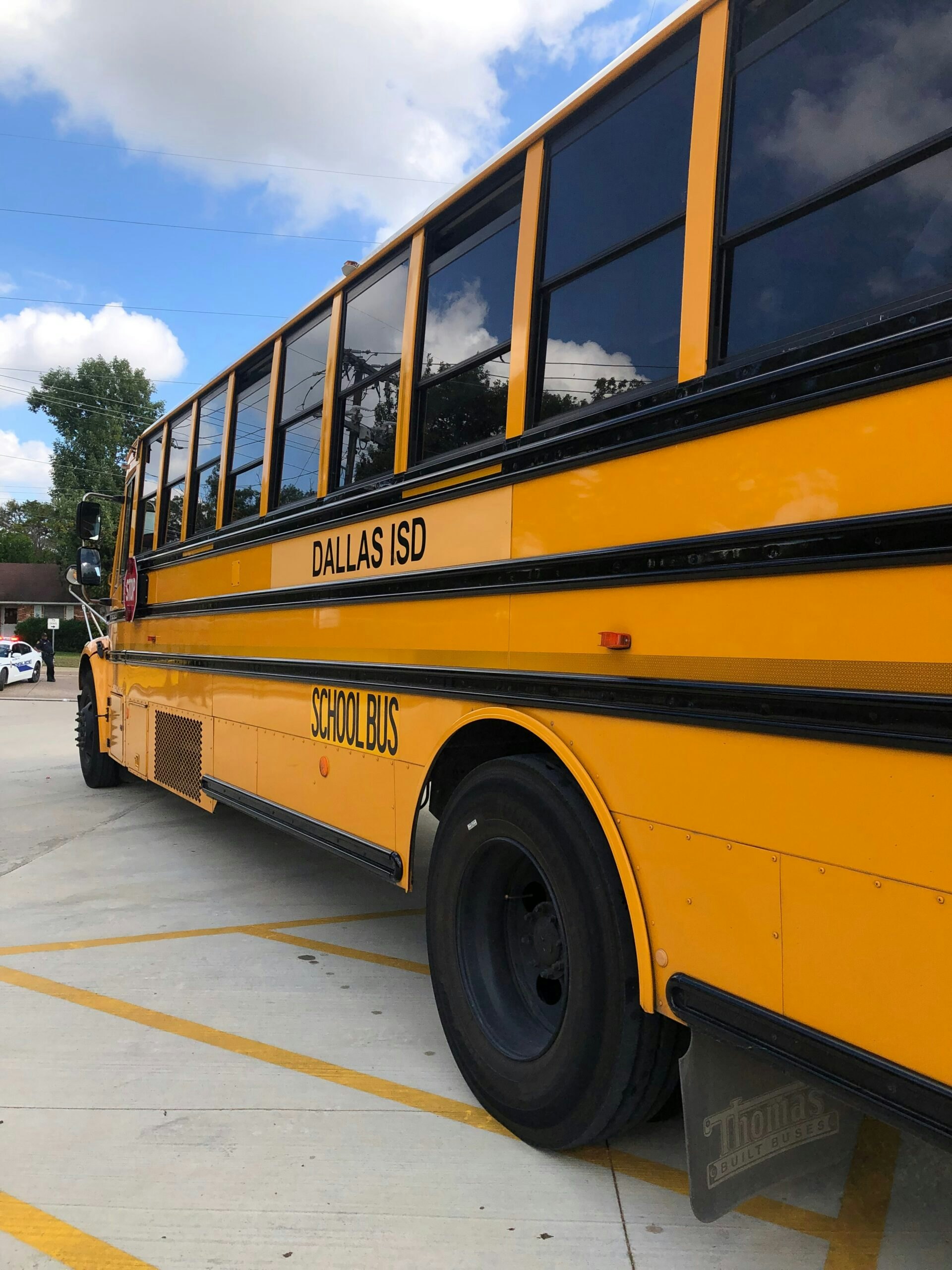Our Recommendations:
- Create a coordinated vision with strong governance
- Ensure capacity and resources to manage and analyze data
- Prioritize accessibility and data-driven policy
- Prioritize transparency and reporting
The pandemic has exacerbated existing education gaps for many young people of color and students who are growing up in poverty. Connecting disparate data systems into a well-governed and transparent way in each state will help guide researchers and policymakers in the years ahead.
State leaders are charged with determining how to advance educational opportunities and outcomes, particularly for underserved populations. This work is essential – but challenging – particularly given the impact of COVID-19 on Black, Latino, and other students of color as well as English language learners and young people living in poverty. Policymakers need reliable, relevant, and transparent data from pre-K-12 to the workforce to inform decisions and allocate resources. Researchers need access to data to assess current conditions and to identify possible solutions. Finally, the public – including parents – needs information about readiness and opportunity for young people in the state.
Well-governed and well-structured state longitudinal data systems can help. Today, most states have disparate data systems that are functionally siloed off by education level, like early childhood or K-12 or higher education. Meaningfully linked and well-governed data systems make it easier to see the connections between metrics like early-grade reading scores, high school graduation, and wage data. What does readiness and opportunity look like for young people at all stages? And how are outcome metrics connected over time? Disaggregated data, across the pipeline into young adulthood, provides invaluable insights to policy makers, researchers, and parents.
These recommendations are adapted from Time to Act: Making Data Work for Students (Data Quality Campaign, 2016) and are the foundation of the George W. Bush Institute’s rating of the State Longitudinal Data Systems.
Create a coordinated vision with strong governance
A legislature can create a strong governance system for its statewide longitudinal data system by specifying which agencies need a voice, who will be held accountable, and who is responsible for what.
Together, these steps can create the right conditions for a meaningful data system: Clearly state the purpose of the system in a way that guides decision-making. Establish a single agency host and leadership team (with decision-making authority and accountability) to guide the system toward that purpose. Establish clear guidelines for data management and communication.
Because data systems are typically governed formally or informally in agency-based fiefdoms, change can be slow and inconsistent. Data systems exist but may not be coordinated across agencies. There may be a task force charged with advising how to connect those systems, but it has no real power to meaningfully change practice or policy – or to allocate resources.
Is there a shared understanding of the data system’s purpose? Is there a leadership team committed to guiding the system to meet that purpose? Is the system structured to meet that purpose? Is the system legislated? States like Kentucky, Maryland, and Washington do this well.
Ensure capacity and resources to manage and analyze data
In addition to the coordinated vision, state legislatures should specifically address the capacity and resources needed to ensure that the statewide longitudinal data systems can function well as going concerns. This includes creating sustained and predictable funding that allows for consistency of operations as well as innovation over time. And it means ensuring that there is sufficient staff to manage the data warehouse, conduct data analysis, and report consistently.
Does the state data system have the capacity to answer policy questions and the resources to ensure sustainability? States like Kentucky, Virginia, and Washington do this well.
Prioritize accessibility and data-driven policy
Clarity about how to access data is critical. Privacy protocols are essential: A strong privacy policy allows for logical use of the data. It can be difficult at times for researchers and policymakers to access state data when there is not a clear and codified process. Without that process, access to data too often depends on personal connections or relationships within agencies, leaving some out.
Strong statewide longitudinal data systems have consistent safety and privacy protocols that adapt to new threats. Data in strong systems can be accessed by a broad array of researchers, policymakers, and advocates via a clear and codified process. Finally, the system structure creates the conditions for data to inform legislative, gubernatorial, and agency work.
Does the state data system safeguard privacy while allowing a broad array of policymakers to access the information they need to inform their work? Does the statewide longitudinal data system structure allow for the information gathered to inform state policy decisions and policy implementation?
Colorado, Florida, Georgia, Kentucky, Minnesota, Missouri, and North Dakota do this well.
Prioritize transparency and reporting
Once the data is captured in the statewide longitudinal data system, it is important to regularly report it to the public in easy to understand ways. Data should always be disaggregated across critical subgroups (i.e. race, ethnicity, economic status, etc.). A single public hub for reports and dashboards allows many to review and engage with the data.
Can the public access the information it needs to build confidence in state policy direction and inform voting and advocacy choices? Is the state proactively sharing updates on key early childhood, K-12, post-secondary, and workforce metrics in user friendly ways? Georgia, Nevada, and Washington do this well.
The pandemic has exacerbated existing education gaps for many young people of color and students who are growing up in poverty, threatening the future success of those who were already vulnerable by throwing them off track in their educational journeys. The problems facing us are complex, requiring thoughtful and informed solutions. Connecting disparate data systems into a well-governed and transparent way in each state will help guide researchers and policymakers in the years ahead. Each American deserves equal access to a quality education and control over their future; strong data can support the work required to make that real.





























